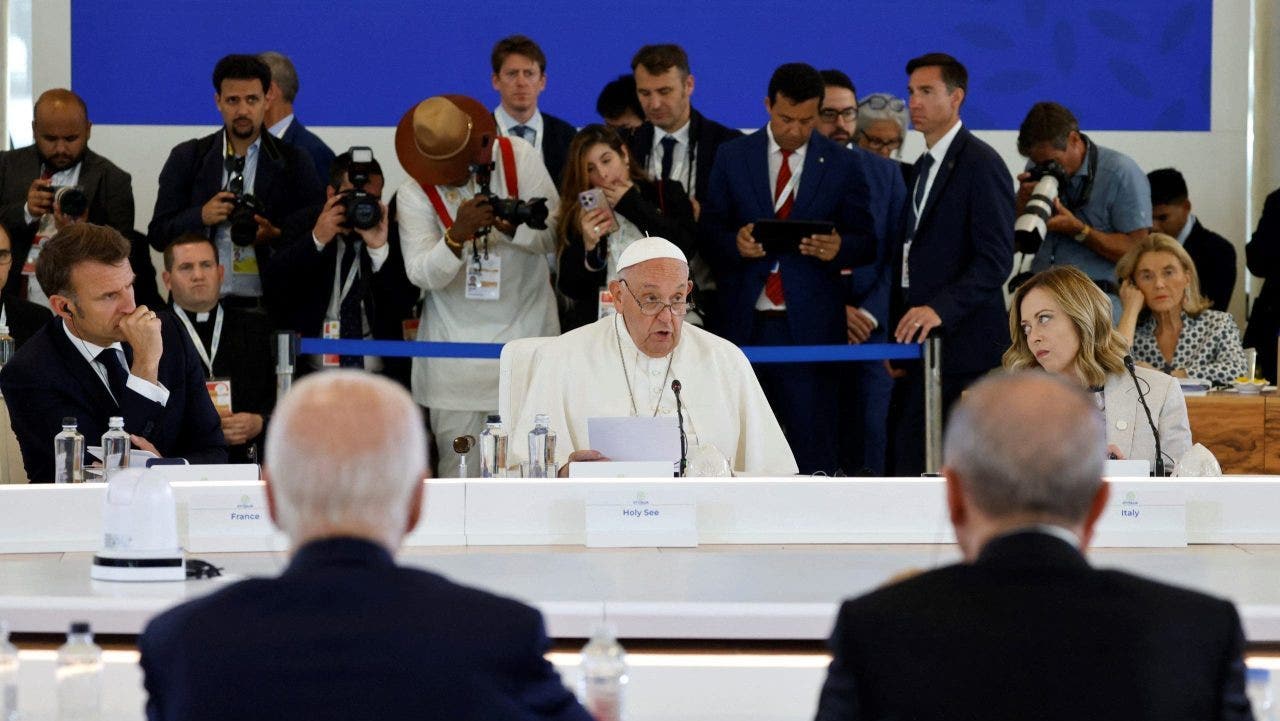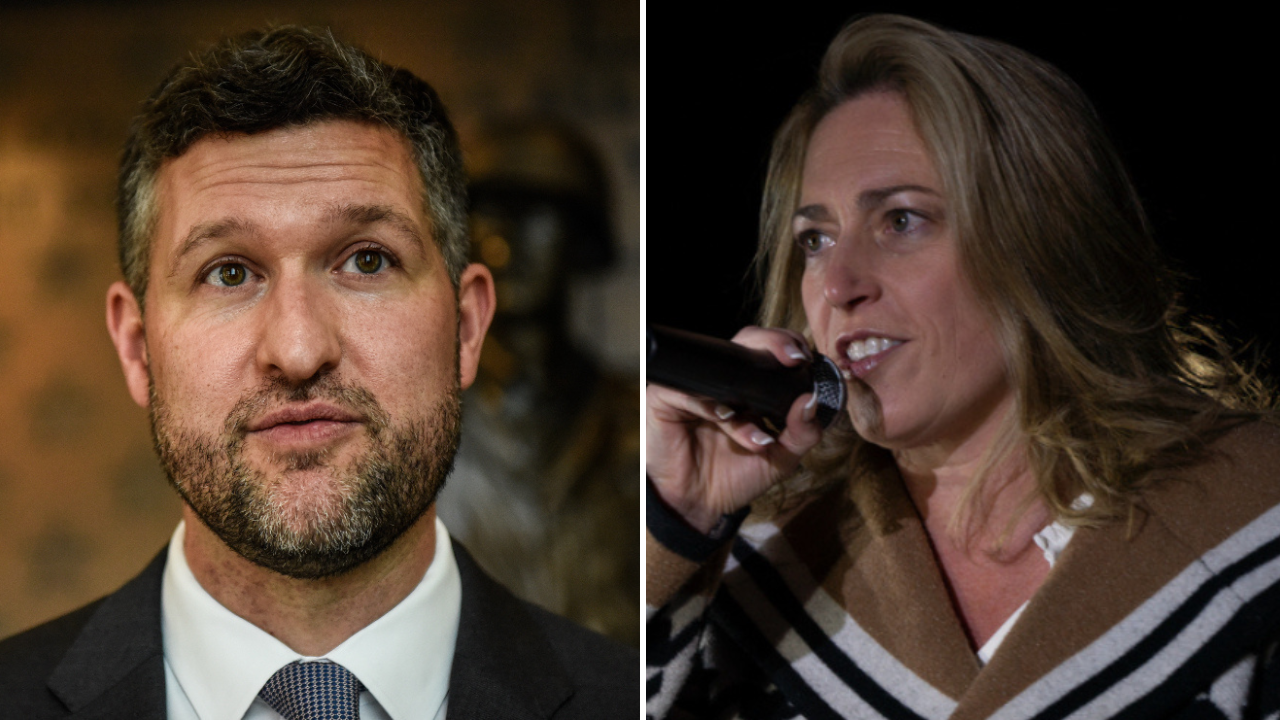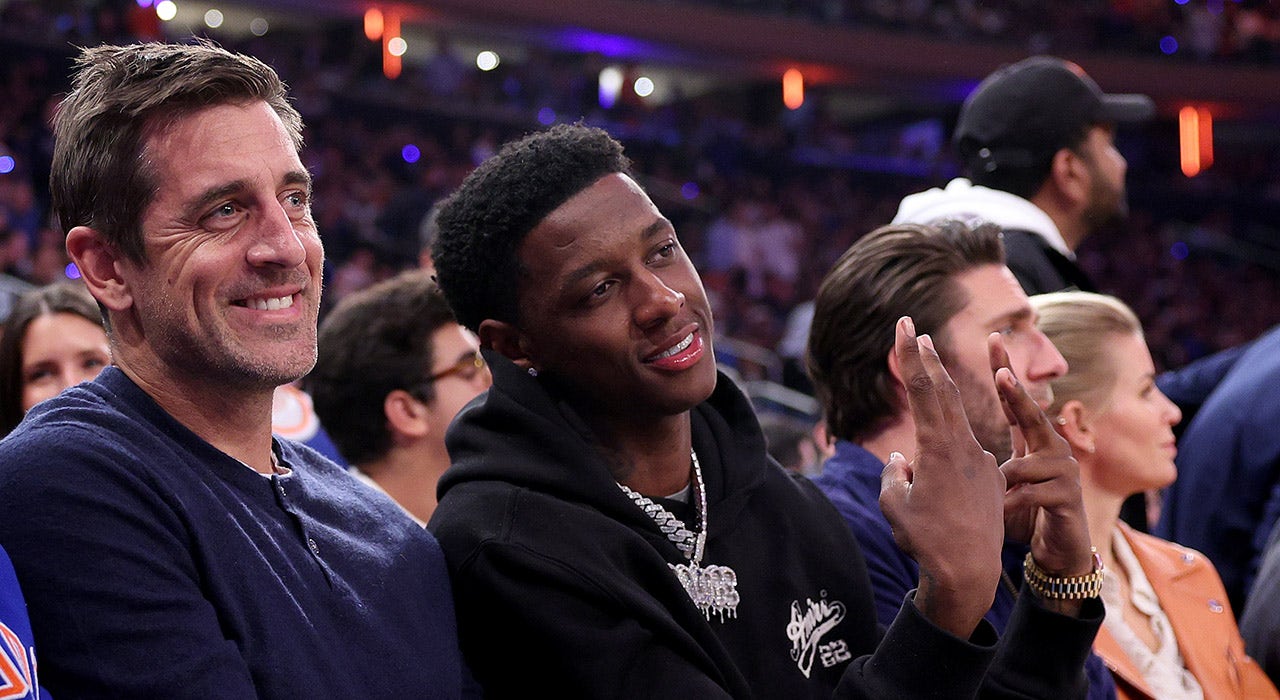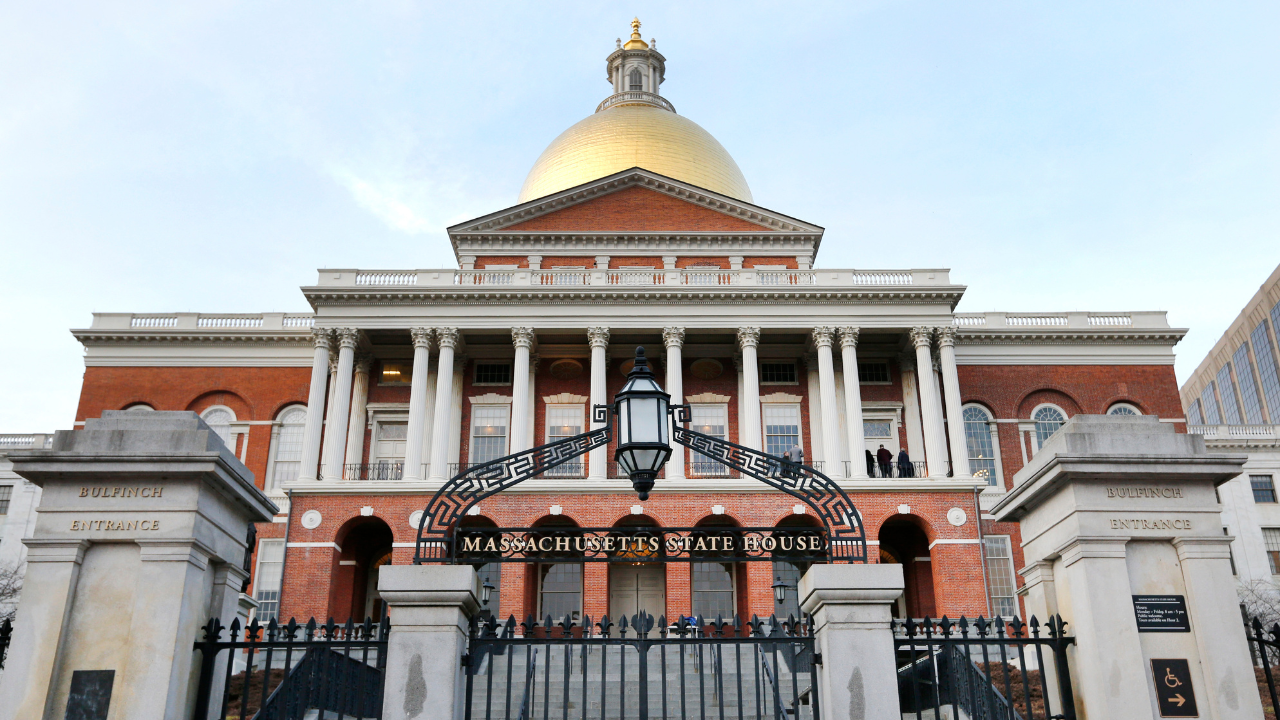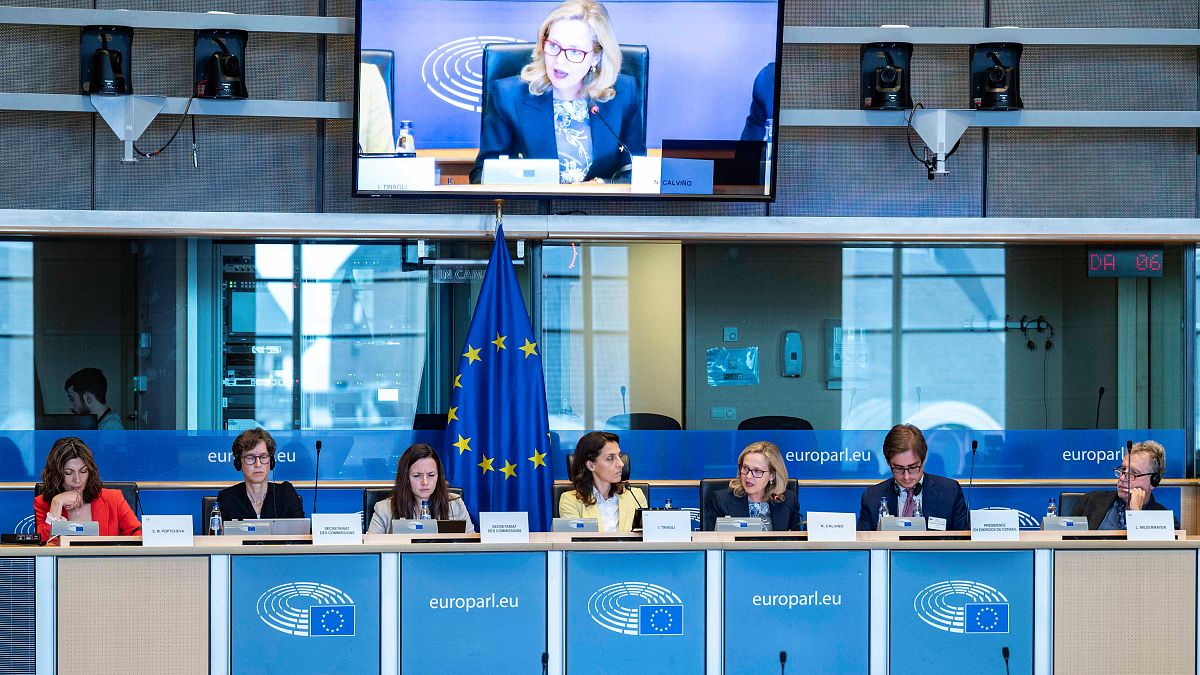Minneapolis, MN
Lyft and Uber To Cease Operations In Minneapolis
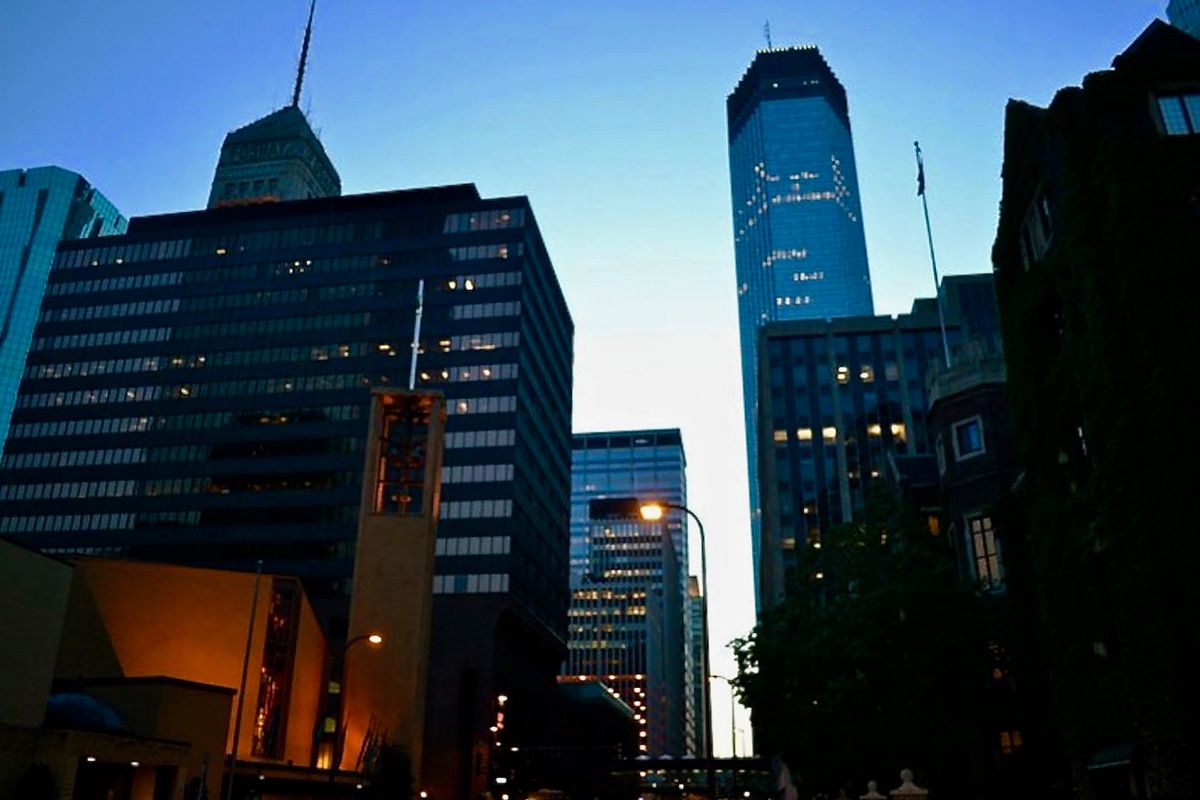
If
you’re looking for transportation from the airport or any other destination in
Minnesota’s largest city, don’t look to Lyft or Uber after May 1.
That’s
when the ride-sharing companies will cease
operations in Minneapolis.
It
is a protest move, of sorts.
The Minneapolis
city council overrode the mayor’s veto of a minimum wage for ride-share
drivers. The override lets drivers earn the local minimum wage of $15.57 an
hour.
“We support a minimum earning standard for drivers, but it
should be done in an honest way that keeps the service affordable for riders,”
said a Lyft spokesperson.
Uber said in a statement obtained by CNN that it’s “disappointed the council chose
to ignore the data and kick Uber out of the Twin Cities, putting 10,000 people
out of work and leaving many stranded.”
“Everyone wants to see Uber and Lyft drivers get paid
more. But getting a raise doesn’t do a whole lot of good if you lose your job,”
Mayor Jacob Frey said. “There will be a massive impact felt by our region.”
Indeed, the services have become almost indispensable to
some.
But Frey pointed to a study that showed drivers make
significantly less.
“We shouldn’t be afraid of data, we should be embracing
it. We shouldn’t be ignoring studies that come out, we should be utilizing them
and creating the best possible policy,” Frey said.
Frey is asking local politicians to come up with a
solution before May 1. The ride-share services say that user prices would
double if they stayed in Minneapolis.
Last year,
Minnesota Gov. Tim Walz had vetoed a bill that would’ve set a
minimum wage for ride-share drivers. He said it would make Minnesota “one of the
most expensive states in the country for ride-share.”
For the latest travel news, updates and deals, subscribe to the daily TravelPulse newsletter.
Topics From This Article to Explore

Minneapolis, MN
“We Are the Noise:” University of Minnesota invites community Juneteenth Celebration in North Minneapolis

Minneapolis, MN
City is sued by family of Leneal Frazier, killed in collision with speeding officer Brian Cummings at Minneapolis intersection

The family of a driver killed in a collision with a speeding Minneapolis police car in 2021 sued the city Thursday, pointing out that its officers have a long history of causing deadly crashes and that it knew but never disciplined the officer involved for his penchant for reckless pursuits.
The federal civil rights and wrongful death lawsuit was filed in U.S. District Court in Minnesota on behalf of the sister and other relatives of 40-year-old Leneal Frazier.
Frazier’s SUV was hit at the intersection of N. Lyndale and 41st avenues by a car driven by officer Brian Cummings as he sped through a red light in pursuit of a carjacking suspect on July 6, 2021.
The suit asks for unspecified monetary damages for the family and an injunction to ensure that the city’s police officers no longer engage in similar pursuits.
A spokesman told the Star Tribune that the city had no immediate comment.
Cummings, a 14-year veteran with the Minneapolis Police Department, pleaded guilty to criminal vehicular homicide in Hennepin County District Court in April 2023. He was sentenced to a nine-month term combining time in the workhouse and on electronic home monitoring.
Many of the contentions in the suit are directed at the history of police pursuits in Minneapolis and how they have often led to deadly crashes. It also argues that Black drivers are disproportionately subjected to pursuits.
Cummings began the chase after spotting a Kia Sportage with no license plate near W. Broadway and N. Lyndale Avenue that matched the description of a vehicle that was carjacked three days earlier. The Kia’s driver, James J. Jones-Drain, fled the scene of the crash but was later arrested and charged with fleeing police and auto theft.
“In at least 15 fatalities caused by an MPD pursuit, 13 of the drivers were Black,” including Frazier, the suit says. “These pursuits are also more likely to be initiated in and continued through neighborhoods with a disproportionately high number of Black residents compared to other Minneapolis neighborhoods with predominantly white residents.”
The suit also says Minneapolis police pursuits have ended in crashes roughly 24% of the time since 2021, a far higher proportion than for any other police department in Minnesota, according to state Bureau of Criminal Apprehension data.
The Minneapolis Police Department (MPD) knew that the practice of its officers, and Cummings in particular, “engaging in dangerous high-speed pursuits had the natural and probable consequence of causing significant injury and/or death of MPD officers,” the suit continues.
“Despite the proven danger of MPD’s proclivity for unnecessary, high-speed pursuits, MPD Chief Brian O’Hara announced in 2023 that he was planning on relaxing the MPD’s pursuit policy.”
O’Hara did just that 14 months ago when he allowed officers to chase suspects involved in certain firearm-related offenses, a change he said was needed to counter a rise in gun violence.
Cummings was not named as a defendant in the lawsuit, but it included numerous allegations against him — from the night of the crash and during his career with the Minneapolis police force:
- Cummings was involved in at least 12 high-speed pursuits in 2021, including the one that killed Frazier, and he knew the driver was Black in nine of those chases. His 12 pursuits accounted for 10% of all chases by Minneapolis officers. Cummings was never disciplined for his sometimes dangerous chases.
- Even though the 3-mile pursuit he initiated before the deadly crash was not deemed an emergency, Cummings ran eight stop signs and lied to his sergeant by reporting he was going 40 mph but actually was traveling more than 80 mph. At one point, he topped 100 mph.
- He had run a red light at 89 mph when he broadsided Frazier’s SUV.
- Cummings’ statements at the crash scene showed no concern for Frazier. “[Expletive], I just got this car back,” the suit contends he said. Cummings approached a dying Frazier still pinned in the wreckage, said nothing to the driver and walked away.
Neither Cummings nor his attorney was available for comment.
Frazier was the uncle of Darnella Frazier, the young woman whose cellphone video of George Floyd’s death in May 2020 helped convict fired Minneapolis police officer Derek Chauvin of murder.
Minneapolis, MN
Marijuana production, retail license regulations eyed by Minneapolis

Marijuana enforcement among Minnesota businesses
Gummies and THC drinks are behind the counter at almost every cannabis shop in Minnesota these days – and while they’re legal, marijuana flower is not. Some businesses are selling it anyways, though. FOX 9’s Corin Hoggard has the details on how the state is enforcing its current laws.
MINNEAPOLIS (FOX 9) – As recreational marijuana becomes legal throughout Minnesota, leaders in the state’s largest city are looking to define a wide swath of regulations for businesses and licenses before the Office of Cannabis Management (OCM) officially doles out licenses next year.
On Thursday, Minneapolis officials discussed proposed city zoning code amendments regulating the cultivation, production, distribution, and retail sale of cannabis flower.
In an adult use cannabis staff memo, Minneapolis City Council members discussed standards that would, “regulate odor, light and glare, security, and noise, but are general in nature” while seeking to regulate the emerging industry.
“City leaders and subject matter experts across our local government have been collaborating for months to develop a framework to keep the production and sale of recreational cannabis safe for the community,” Minneapolis Mayor Jacob Frey said in a statement.
Several tiers of licenses will be made available by the OCM, and the council will seek to regulate each through the proposed zoning amendment.
Below is a table of licenses, with their included definition as currently proposed:
- Cannabis microbusiness/mezzobusiness: Both allow a license holder to cultivate, manufacture, and sell cannabis, and related products. Micro and mezzobusinesses differ in the scale of operation permitted, with a 5,000 square foot plant canopy limit placed on indoor cultivation at microbusinesses, and a 15,000 square foot limit at mezzobusinesses.
- Cannabis cultivator: Allows an entity to grow cannabis for commercial purposes. Cannabis cultivation must be conducted inside an enclosed building, and not take place in hoop houses, greenhouses, or other similar structures. A cannabis cultivation license would be limited to 30,000 square feet of plant canopy. If the business has a retail component, it would be subject to the use standards for a dispensary.
- Cannabis/hemp edible manufacturer: Allows an entity to process cannabis or hemp to create products.
- Cannabis retailer: Also known as a dispensary, a business would be subject to further regulations due to its public-facing, retail component. A dispensary could not share a common entrance with a liquor store, a tobacco products shop, a food and beverage shop, a drugstore or a pharmacy. It also must be located at least 350 feet from a school (though staff are considering a 500-foot requirement). It could also not be located within 350 feet of an existing dispensary.
- Cannabis transporter: Allows a license holder to transport cannabis, hemp, or associated products from a cannabis business to a cannabis business.
- Cannabis wholesaler: Allows an entity to obtain, store, and sell cannabis and hemp and related products for resale to a cannabis business, but not to consumers.
- Cannabis testing facility: Allows a license holder to obtain and test cannabis and hemp plants and products, similar to a laboratory.
- Cannabis event organizer: Allows an entity to organize temporary cannabis events that last no more than four days.
- Cannabis delivery service: Allows a license holder to purchase cannabis or hemp products, and transport and deliver those products directly to consumers.
- Medical cannabis combination business: Allows a license holder to cultivate, manufacture, and sell cannabis, hemp, and cannabis and hemp related supplies and products. Similar to a micro or mezzobusiness license, however, this would primarily serve the medical cannabis industry.
As licenses are granted by the OCM, local governments outside of Minneapolis will be able to adopt their own zoning ordinances.
State statute permits local governments to limit the number of licensed cannabis retailers and businesses to no less than one registration for every 12,500 residents.
Based on 2020 Census data for the city of Minneapolis, the population of 429,954 people would equate to a minimum of 34 licenses. No current license cap for dispensary or retail cannabis operations is currently being proposed.
City staff says it aims to bring draft recommendations to the City Planning Commission and City Council in the coming months, with adoption taking place by the end of summer.
OCM has previously said it expects to grant licenses to social equity applicants prior to early 2025.
A legislative change this session to allow early cultivation will permit social equity applicants with pre-approval to begin cultivation prior to rule-making concluding at the state level if an applicant receives approval at the local level.
Minneapolis ordinance path to approval
The Minneapolis zoning code is the city’s regulation of land use, and exists to comply with state law, respond to changing market conditions and streamline city ordinances, among other objectives.
City Council members can propose amendments to the code, which is then researched and drafted.
At a City Council meeting, a member can provide a notice of intent to introduce the ordinance change, which is then discussed in committee. City staff can also conduct research and analyze alternative options for the proposed changes during this period.
During the adoption process, a public hearing is held to consider feedback, and a planning commission makes a final recommendation to the council prior to a vote.
If approved, the ordinance amendment is published, and the mayor of Minneapolis can formally approve it with a signature.
It then becomes effective the date the regulation begins.
-
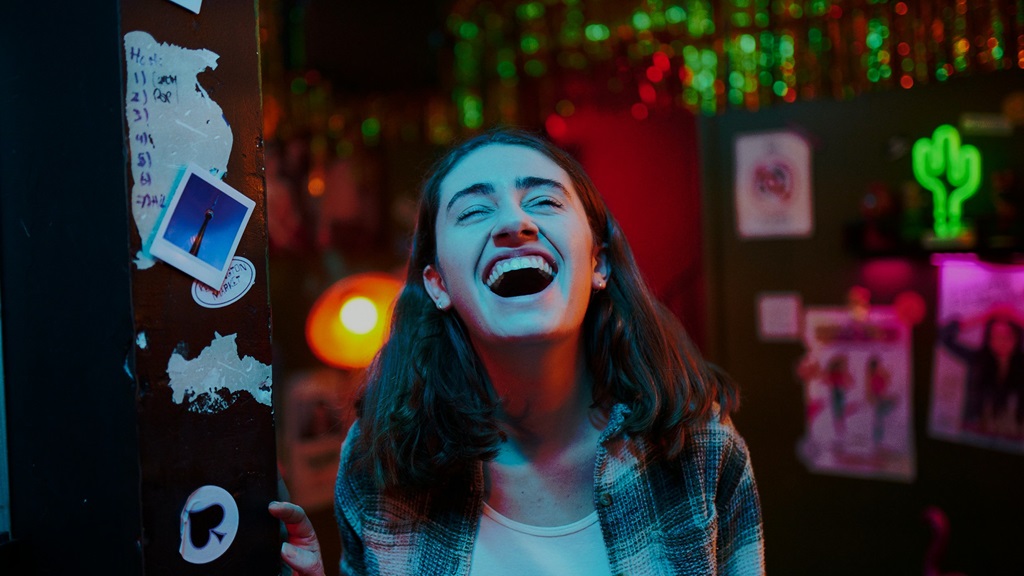
 Movie Reviews1 week ago
Movie Reviews1 week agoFilm Review: I Used To Be Funny offsets its humorously-adjacent title with a dark, heartbreaking temperament. – The AU Review
-

 World1 week ago
World1 week agoEconomy, migration: Voters' main concerns ahead of elections
-

 News1 week ago
News1 week agoWoman handcuffed in police car hit by freight train reaches $8.5M settlement
-

 Politics1 week ago
Politics1 week agoTrump campaign accelerates vetting of potential running mates
-
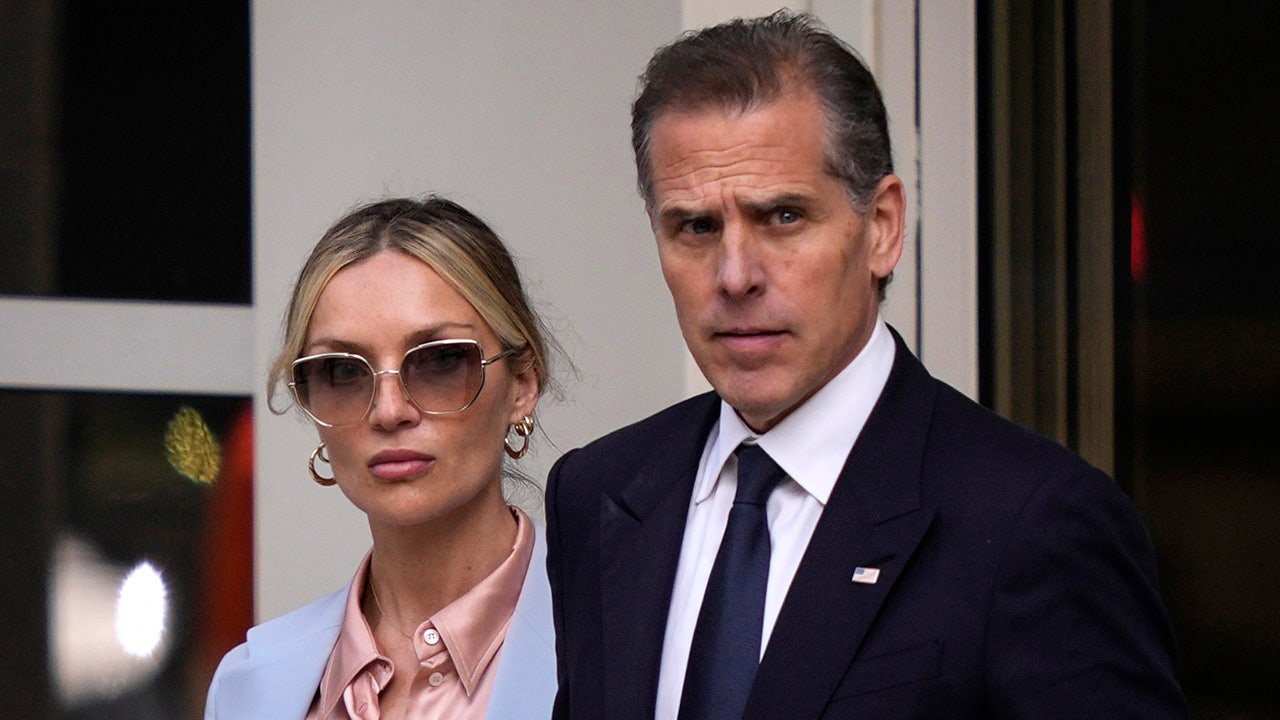
 Politics1 week ago
Politics1 week agoHunter Biden trial enters 3rd day with cross-examination of FBI agent
-
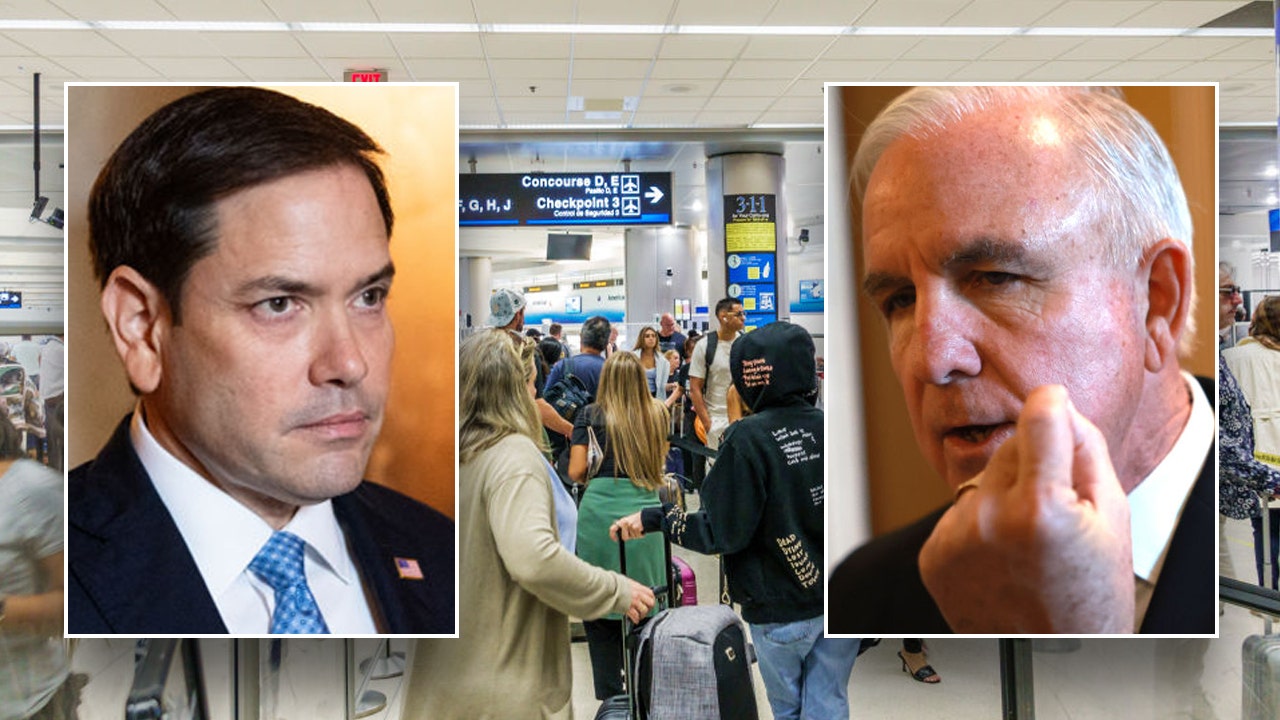
 Politics1 week ago
Politics1 week ago'It's absurd': Congress takes bipartisan action after Cuban officials' tour secure parts of major airport
-
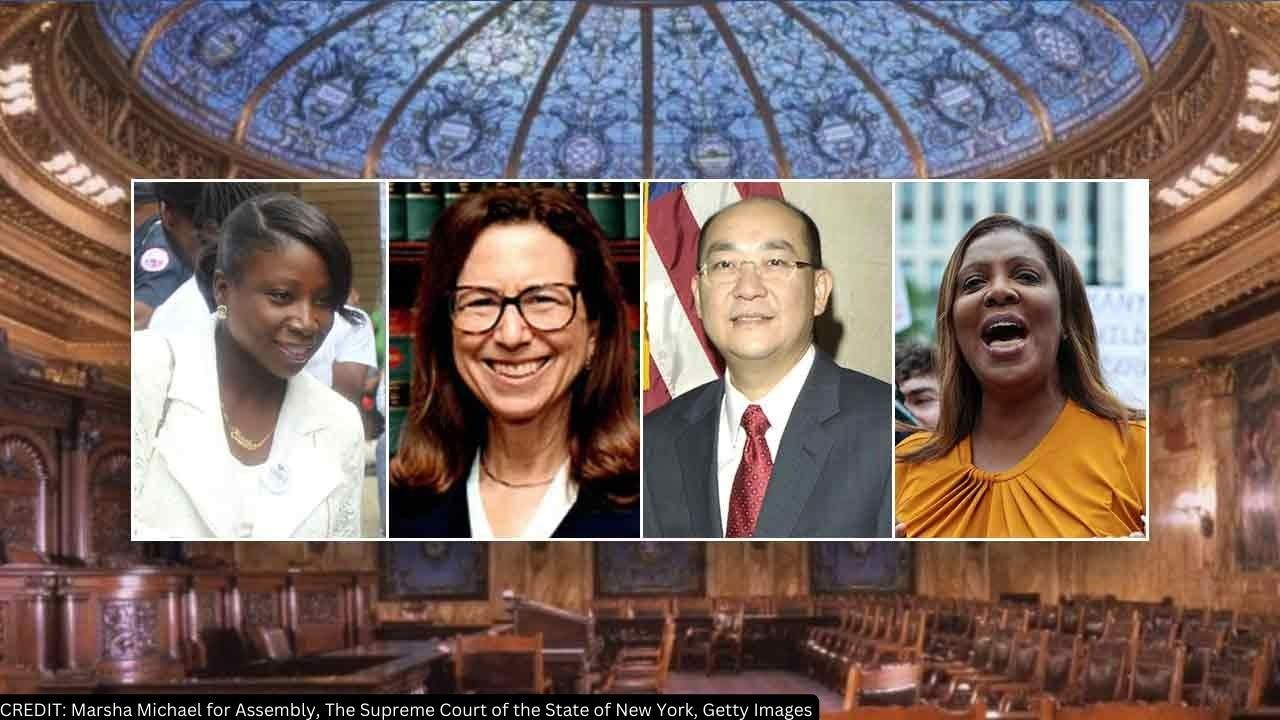
 Politics1 week ago
Politics1 week agoNew York appeals court judges in Trump case routinely donated to Democrats, records show
-

 World1 week ago
World1 week agoFamine ‘likely’ already stalking northern Gaza: Report




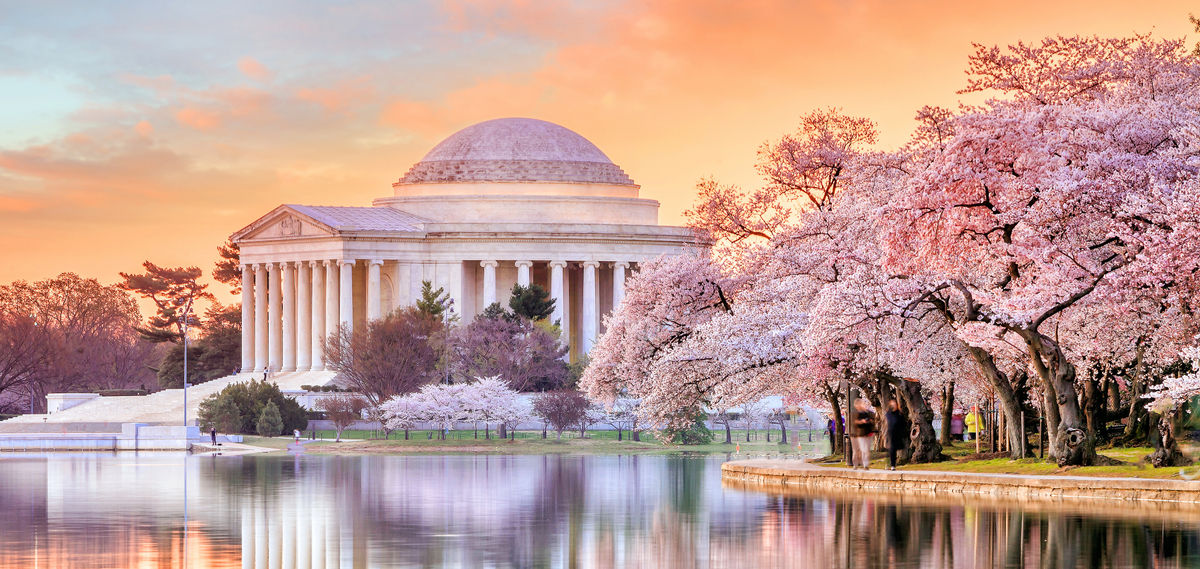

/cdn.vox-cdn.com/uploads/chorus_asset/file/25336519/STK450_EU_G.jpg)
